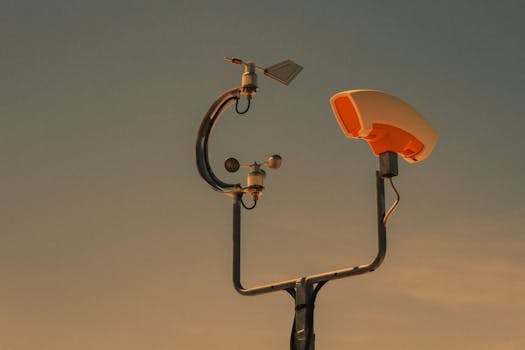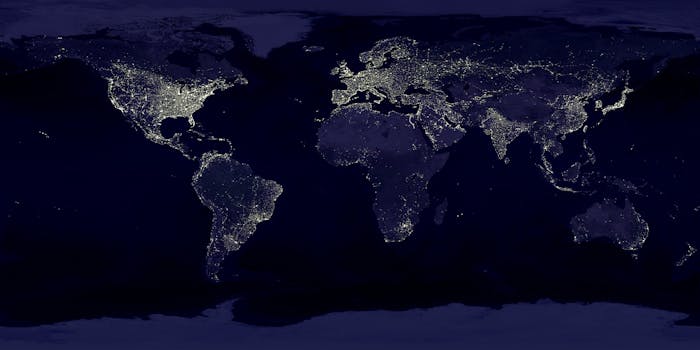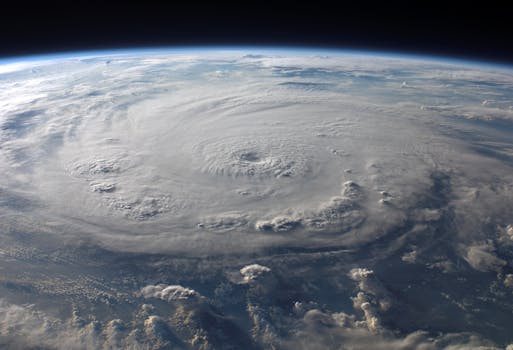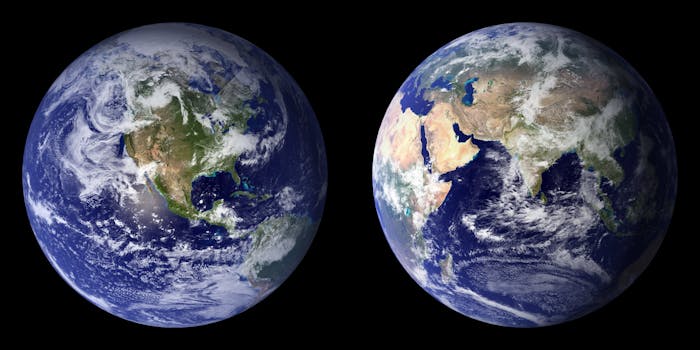
How Satellites Monitor Climate Change and Environmental Shifts
Satellites monitor climate change and environmental shifts by using a variety of sensors and instruments to collect data on the Earth’s atmosphere, oceans, and land surfaces. This data is then used to track changes in the environment, such as rising temperatures, sea level rise, and deforestation. Satellites have become an essential tool in the fight against climate change, providing valuable insights and information to help us understand and address this global challenge.
Satellites monitor climate change and environmental shifts in several ways. One of the primary methods is through the use of remote sensing technologies, which allow satellites to collect data on the Earth’s surface and atmosphere. This data can be used to track changes in temperature, precipitation, and other environmental factors. Satellites also use radar and lidar sensors to collect data on the Earth’s topography and land cover, which can be used to track changes in deforestation, urbanization, and other environmental shifts.
The Role of Satellites in Monitoring Climate Change

Satellites play a critical role in monitoring climate change, providing data and insights that help us understand the causes and effects of this global phenomenon. Satellites can track changes in the Earth’s atmosphere, including the concentration of greenhouse gases such as carbon dioxide and methane. This data is essential for understanding the role of human activities in climate change and for developing strategies to reduce our impact on the environment. Satellites also provide data on the impacts of climate change, such as sea level rise, more frequent and severe weather events, and changes in precipitation patterns.
Satellites are also used to monitor the health of the world’s oceans, which are a critical component of the Earth’s climate system. Satellites can track changes in ocean temperature, salinity, and currents, which are essential for understanding the impacts of climate change on marine ecosystems. Satellites also provide data on the extent and thickness of sea ice, which is an important indicator of climate change.
Environmental Shifts and Satellites

Satellites are also used to monitor environmental shifts, such as deforestation, urbanization, and changes in land use. Satellites can track changes in the extent and health of forests, which are critical for maintaining biodiversity and regulating the climate. Satellites also provide data on the expansion of urban areas, which can help us understand the impacts of urbanization on the environment. Satellites can also be used to monitor changes in land use, such as the conversion of natural habitats to agricultural land or the development of new infrastructure projects.
Satellites are a powerful tool for monitoring environmental shifts, providing data and insights that can help us understand and address these challenges. Satellites can be used to track changes in the environment over time, providing a long-term perspective on environmental shifts. Satellites can also be used to identify areas that are most vulnerable to environmental shifts, allowing us to target our conservation efforts more effectively.
Conclusion

In conclusion, satellites play a vital role in monitoring climate change and environmental shifts. Satellites provide valuable data and insights that help us understand the causes and effects of these global challenges. By using satellites to track changes in the environment, we can develop more effective strategies for addressing climate change and promoting sustainability. As the world continues to grapple with the challenges of climate change and environmental shifts, the importance of satellites in monitoring and addressing these issues will only continue to grow.
See more:







